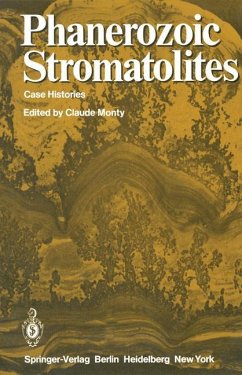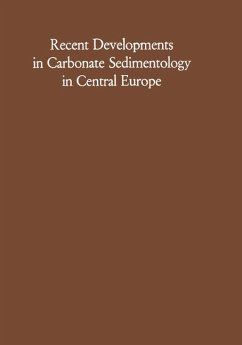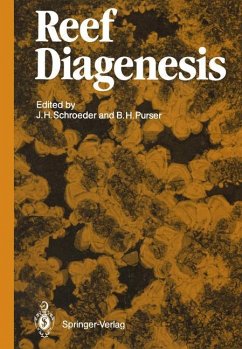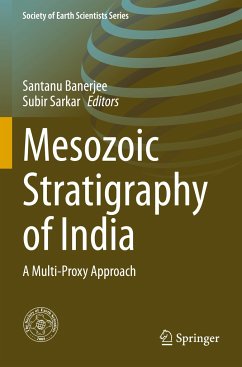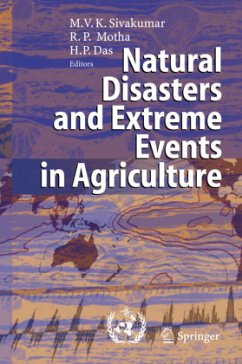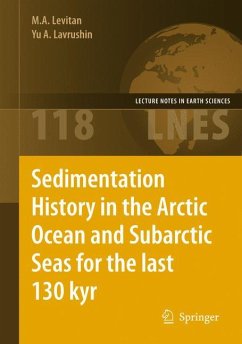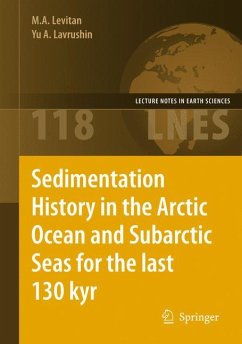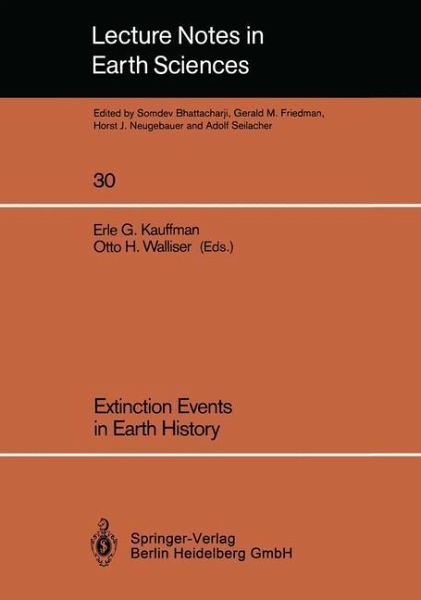
Extinction Events in Earth History
Proceedings of the Project 216: Global Biological Events in Earth History
Herausgegeben: Kauffman, Erle G.; Walliser, Otto H.
Versandkostenfrei!
Versandfertig in 1-2 Wochen
77,99 €
inkl. MwSt.

PAYBACK Punkte
39 °P sammeln!
This volume is dedicated to the interdisciplinary study of dynamic biological changes through the Phanerozoic which are associated with mass extinction events and similar biotic crises, and their causal mechanisms. In particular, it documents in detail the complex nature of terrestrial and extraterrestrial feedback loops that are associated with many mass extinction intervals. Authors have been asked to represent most of the known mass extinction events through time, and to comment on the complex earthbound or extraterrestrial causes (or both) for global biotic crises. The reader is offered ne...
This volume is dedicated to the interdisciplinary study of dynamic biological changes through the Phanerozoic which are associated with mass extinction events and similar biotic crises, and their causal mechanisms. In particular, it documents in detail the complex nature of terrestrial and extraterrestrial feedback loops that are associated with many mass extinction intervals. Authors have been asked to represent most of the known mass extinction events through time, and to comment on the complex earthbound or extraterrestrial causes (or both) for global biotic crises. The reader is offered new perspectives of extinction boundaries, a more innovative and diverse approach to causal mechanisms and mass extinction theory, blended views of paleobiologists, oceanographers, geochemists, volcanologists, and sedimentologists by an international cast of authors. No other book on extinction presents such a broad spectrum of data and theories on the subject of mass extinction.





